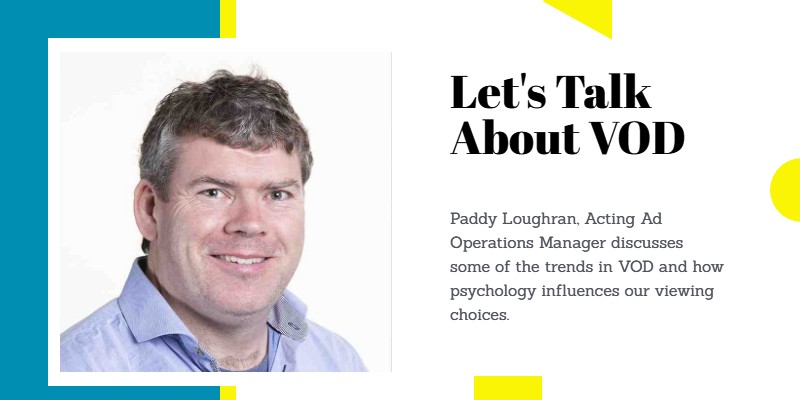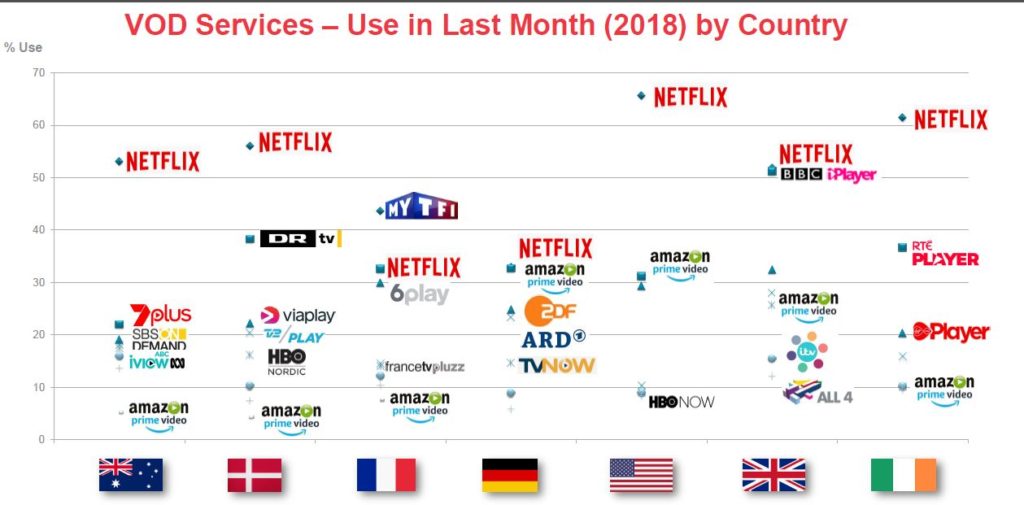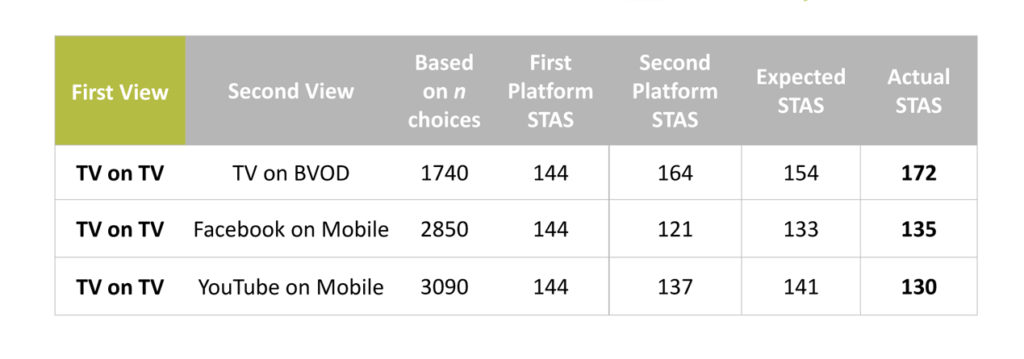Let’s Talk About VOD

One morning, many years ago, I was making small talk with an ex-colleague over a coffee. She was complaining about feeling shattered. Turned out she had stayed up till 2am the night before watching Pretty Woman on TV. For some reason it had been given the graveyard slot and she couldn’t bring herself to stop watching it till it was over.
The thing that bemused her the next morning, she wryly admitted, was that she’d been having a quiet evening in before the movie started, and also had a DVD copy of said movie staring at her from the bookshelf as she sat watching it late into the night, her eyes stinging with tiredness. Her overwhelming desire to watch it on TV at the dictation of the TV schedules lay solely in the notion in her head that there was an unseen army of fellow viewers tuning in at the same time and sharing the same movie experience with her.
This type of group dynamic isn’t a new concept, but it has been used extensively by video streaming platforms to try and influence a consumer’s decision-making process when choosing a particular show to watch. A quick glance at the top-ranked Netflix recommendation rails reveal titles such as ‘popular on Netflix’ and ‘trending now’ – phrases that play on the idea that watching these shows somehow make you part of a group; and conversely, you might be missing out on what ‘everyone else’ is watching were you not to choose them.
These ‘rails’ or recommendation filters have been developed with help from a number of psychological phenomena, namely Desire Lines, Paths of Least Resistance and the Paradox of Choice.
The theory of Desire Lines and Paths of Least Resistance state that people will always try to take the easiest option when faced with a choice (think of the last time you veered off a paved path in a local park and walked across the grass to the gate because it was a short cut). While the ‘Paradox of Choice’, as explained by Barry Schwartz in his book of the same name, promotes the theory that people tend to struggle when presented with a large number of options. By simplifying these choices down to a much smaller number, people are less intimidated and find it easier to choose between them.
Thus, while video streaming platforms are always keen to highlight that they have an extensive video library, they tend to group these options into easy-to-understand genres such as ‘Entertainment’ and ‘Comedy’ to reduce the number of initial choices facing the consumer.
The RTÉ Player isn’t immune from using these techniques, with clever use of phrases such as ‘Most Talked About’, ‘Gripping Drama’, and ‘Binge-worthy box-sets’ revealing rails of popular shows like ‘Room to Improve’ and ‘ER’ that regularly draw big viewing numbers. It’s this quality of content that has helped make the RTÉ Player the second most popular VOD service in Ireland (only Netflix ranks higher) and the most popular free-to-air service.
Furthermore, when analysing the last full year of data internationally, the RTÉ Player also scores very competitively against Public Service Broadcasters (PSBs) in other countries.

As well as appealing to those people who would prefer not to have to pay to watch content like live sporting events, working on an AVOD (Ad-Supported VOD) business model has allowed the RTÉ Player to seamlessly align itself with RTÉ’s 360 policy. This allows advertisers to reach their audience across multiple platforms which has proven very effective with regards maximising commercial results. Earlier this year, Prof Karen Nelson-Field from the Centre for Amplified Intelligence presented a paper called ‘Not all reach is equal’ which highlighted how combining advertising on both Linear TV and a Broadcasting VOD (BVOD) platform is significantly more impactful than other platforms when calculating STAS (Short Term Advertising Strength).

It is a strategy that is likely to continue. Deloitte recently released a report called ‘The future of the TV and video landscape by 2030’ in which one of their stated ‘expert’ predictions was the following:
In a rapidly changing and highly competitive market, this all points to a bright future for the RTÉ Player.